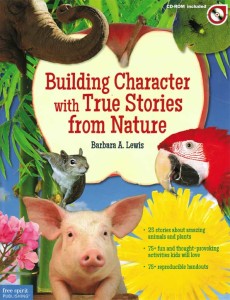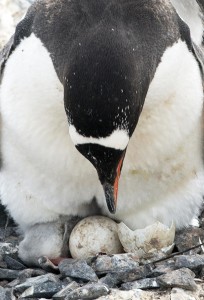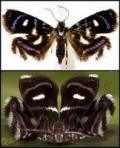 Weldon lost his homework somewhere between the front door of the school and the school bus. He regularly lost it—dropping it in puddles or allowing the wind to whisk it away. When he arrived home with his latest excuse, his mom did not smile. She had tried rewarding him if he demonstrated responsibility. She had tried withdrawing privileges if he didn’t. But nothing seemed to stick with Weldon.
Weldon lost his homework somewhere between the front door of the school and the school bus. He regularly lost it—dropping it in puddles or allowing the wind to whisk it away. When he arrived home with his latest excuse, his mom did not smile. She had tried rewarding him if he demonstrated responsibility. She had tried withdrawing privileges if he didn’t. But nothing seemed to stick with Weldon.
Despite her disappointment, his mother refrained from scolding Weldon. Instead, she chose to be positive. “I’m going to show you what your sister, Maria, does to be so dependable,” she explained. She showed Maria’s planner to Weldon, explaining how his sister documented everything. It was a great demo, but it was clear that Weldon was not listening.
Although Weldon’s mother should be congratulated for her positive approach, comparing him with Maria is not a great way to develop dependability (or appreciation of his sister). Weldon probably developed more resentment toward Maria than responsibility to his homework. He might have become sidetracked with hurt feelings or anger, completely missing the lesson his mother was trying to teach him.
Comparison can be a good tool. Scientific studies have demonstrated that students learn at a deeper level and can apply information better when stories with analogies are used in teaching. But the comparison needs to be a safe distance from the child.
Opportunities for teaching good character occur daily in the home, community, and school. And a safe, fun, and natural way to do it is with stories from nature. It is less likely that a child will feel threatened when you make a comparison with a pig or a weasel.
 Suppose Weldon’s mother had used a story from nature to demonstrate responsibility. She might have explained how penguins care for their unhatched and baby chicks. Penguins huddle together to create enough body heat to stay warm in their harsh environments. Both female and male penguins cooperate in keeping their egg warm, because if they don’t, the egg will never hatch. And if they don’t take turns babysitting and allow their partner to hunt for food, both the male and female will die. Told in detail, it is an emotionally motivating story.
Suppose Weldon’s mother had used a story from nature to demonstrate responsibility. She might have explained how penguins care for their unhatched and baby chicks. Penguins huddle together to create enough body heat to stay warm in their harsh environments. Both female and male penguins cooperate in keeping their egg warm, because if they don’t, the egg will never hatch. And if they don’t take turns babysitting and allow their partner to hunt for food, both the male and female will die. Told in detail, it is an emotionally motivating story.
A discussion of this kind of story can teach:
- The importance of responsibility and cooperation. Just like penguins, everyone in a family or classroom needs to perform certain tasks so that goals can be met.
- The consequences when someone doesn’t carry out responsibilities. In the penguin story, the consequences are that the penguins die. But what if a teacher doesn’t show up to teach, or a parent doesn’t show up for work? What happens if no one washes clothes?
Other examples of stories from nature that can help develop character:
- Cats usually demonstrate curiosity. However, curiosity can sometimes get cats into trouble—such as the cat that gets trapped on a high tree branch and needs to be rescued. Curiosity is a good quality for people to develop, too. However, just like cats, curiosity without caution can get people into trouble. And sometimes people need to be rescued by an understanding adult.
- The metalmark moth is nature’s quick-change artist and master of disguise. It can confuse a jumping spider by mimicking the
 spider, gaining a few seconds to fly away and avoid becoming lunch for the spider. This story can lead into a discussion of maintaining your own identity instead of copying other people, which is a type of integrity or being true to yourself, even if sometimes we need to adapt to a situation.
spider, gaining a few seconds to fly away and avoid becoming lunch for the spider. This story can lead into a discussion of maintaining your own identity instead of copying other people, which is a type of integrity or being true to yourself, even if sometimes we need to adapt to a situation. - The aspen tree’s strength is found in this secret: Underground, a family of trees shares one root system. So when one tree (branch of the same plant) dies, another aspen pops up quickly. The aspen tree provides a great vehicle for the discussion of cooperation or connectedness.
This article originally appeared at Free Spirit Publishing Blog.
